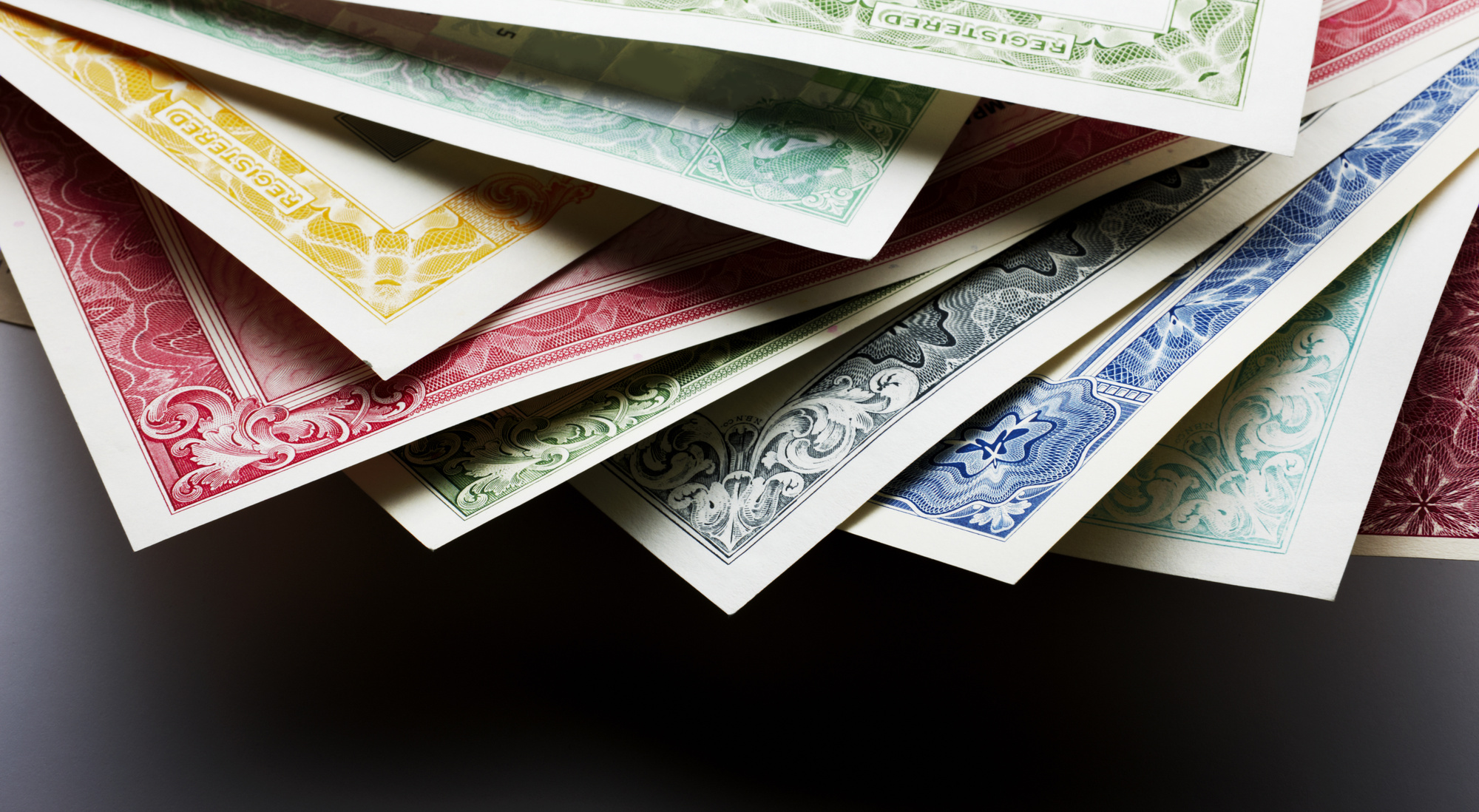30th Aug 2018
9 Things You Never Knew About Stock Certificates

It's like something out of an old movie. You're going through a relative's attic and you find a collection of old stock certificates.
You never know, that certificate might be valuable.
Here, we're breaking down nine things you never knew about stock certificates, and how to check if yours has any value.
1. What is a Stock Certificate?
First, for those who are new to the concept, let's talk about what stock certificates actually are.
A stock certificate is a physical piece of paper representing an ownership stake in a company.
Typically, they include information relevant to the stock ownership, including the company name, the number of shares owned, an identification number, and a corporate seal and signatures.
These days, when most people talk about stocks, they don't need a piece of paper to show for it. Most securities today are recorded electronically using book-entry form.
2. The Oldest Stock Certificate is 400 Years Old
The certificate in your grandparents' attic might be old, but it's probably not as old as the oldest known stock certificate.
In 2010, a history student from Utrecht University found the oldest known 'share' during his thesis research. It's made out to one Pieter Hermanzoon Boode (real name Pieter Harmenz) and was issued in 1606 by the Dutch East India Company.
Which makes sense when you realize that the Dutch East India Company was the first company we know of to ever issue stock certificates.
When Pieter Harmenz died in 1638, he left it to his widow and daughter, where it began a long journey that ended in the Westfries Archief in Hoom, where our intrepid history student discovered it.
The funny part of it all? The student wasn't even researching stocks when he found it.
3. Stock Certificates Used to Be Used as Money
The process of printing money is closely guarded, from the type of ink to the blend of the paper used and hidden details that protect currency against forgery.
Once upon a time, the printing of stock certificates used to be just as closely guarded, because stock certificates used to be issued as a form of legal currency. Because of this, there were only three companies in the US that were legally allowed to print stock certificates for publicly held companies.
4. They Used to Have Fancy Designs
You have to admit, for all that careful guarding, there was a lot of detail that went into old stocks.
In fact, old certificates used to be adorned with almost anything, from Greek deities to pictures of the company's product (to convince investors to put their money behind the product itself).
You could be justified in arguing that some old stock certificates were art in their own right.
For example, there's a Ringling Bros. and Barnum Bailey Combined Shows, Inc. issued in 1969, containing everything you could possibly imagine housed in the Greatest Show on Earth.
5. Not All Old Certificates Have Value
Of course, one of the most fun things about finding an old stock certificate is dreaming that maybe, just maybe, today is your lucky day and that stock has skyrocketed in value.
Unfortunately, some old certificates are now worthless, but not all of them are.
The first thing to do is to see if the company that issued the stock still exists. If the company just doesn't exist anymore, unfortunately, all you have is a pretty piece of paper.
However, if a company by that name doesn't exist, don't give up hope quite yet. It's possible that the company merged with another, or it simply changed its name. If you do track down the trail of the company, keep in mind that the current share price may not indicate the value of your stock.
The easiest way to figure out if your stock still has value is to track down the transfer agent who sold the stock in the first place. They'll be able to tell you about the certificate and which direction to go next.
6. Scripophily
Even if your stock certificate isn't worth monetary value on the market, it may be valuable to someone.
In fact, there are people who collect old stock certificates, a hobby called scripophily. It's a lot like collecting coins or old books, except that hobbyists focus on the historical significance of old stock and bond certificates.
As such, there's an active community of collectors who would buy your old stock from you for its collectibility value.
7. They Used to Sell Certificates to Kids
Even today, giving stocks as gifts is a good way to give a gift with no strings attached.
But did you know that companies used to sell certificates specifically for kids?
Once upon a time, Disney Corporation used to issue stocks for children with full-color illustrations of its most famous characters. Back in the day, parents would buy their child a single share in the company and frame it in their room.
Sadly, thanks to the digitization trend, Disney stopped issuing these stocks a while ago, but you can still find some among collectors.
8. People Used to Use Them as Wallpaper
If you're worried an old stock certificate is worthless, imagine how people in the Great Depression felt.
After the stock market crash in 1929, many an investor would use stocks for defunct companies as wallpaper, since the paper was more useful as insulation than actual money. It's sad when you think about it--after everything else, you had to spend your day staring at a reminder of what you lost.
Stock Certificates in Your Law Office
But that's just the history of stock certificates. If your law firm wants to print some of your own, you've come to the right place.
And if you need more legal products from us, take some time to take a look at our available products. Unlike a big box store, we offer way better prices, and we have a variety of options for your firm to choose from.




